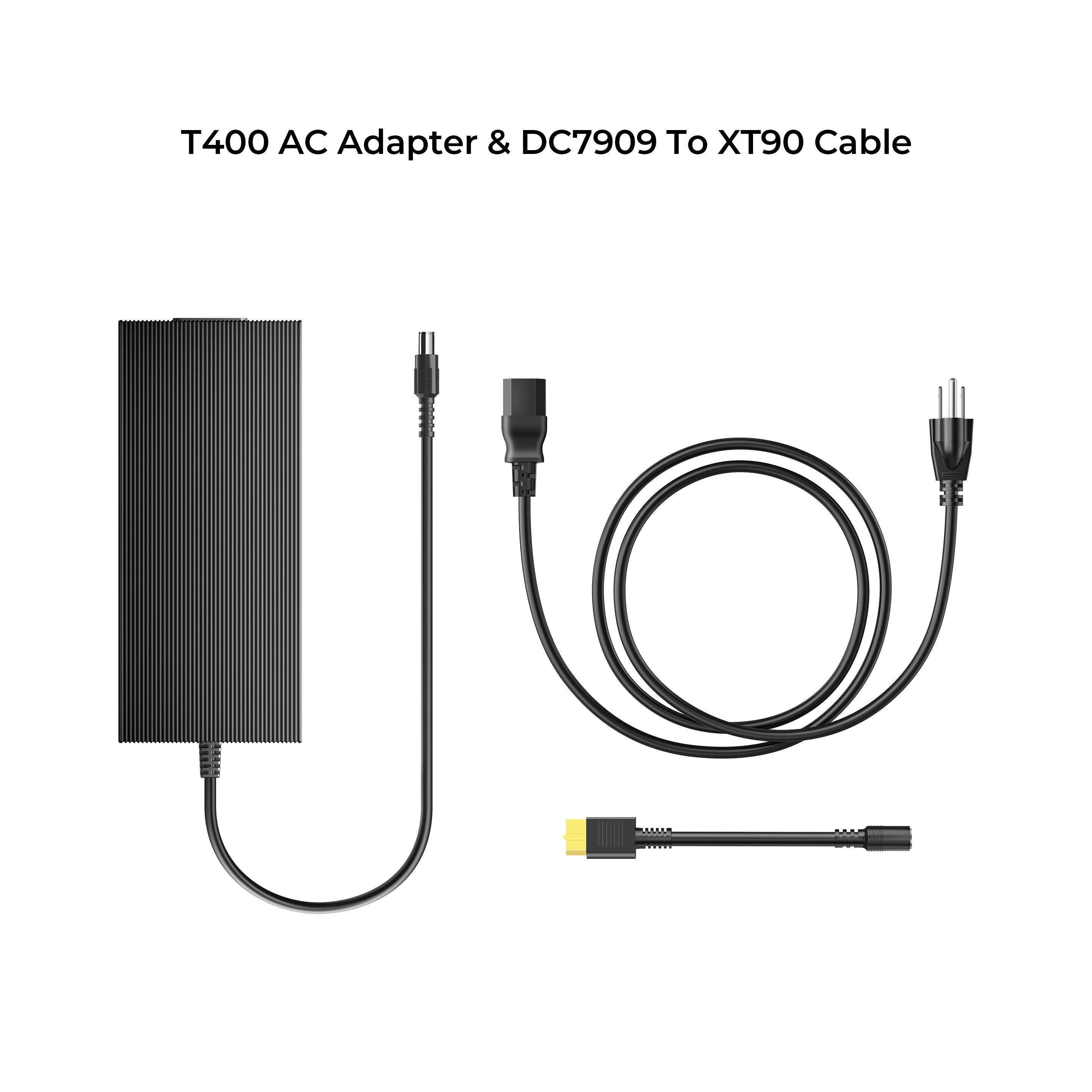Hello Everyone,
I'm wondering if anyone has installed a large inverter in the bed of their truck? I have a 2022 Ford F350 with a 6.7L diesel, dual batteries, and dual alternators at 397 amps. I already have a Renogy 3000-watt inverter I want to install in the bed to charge my Bluetti AC20MAX while driving. I also have some 2/0 marine wire, 30' of it, can anyone confirm this wire is big enough to power the 3000-watt inverter with an estimated max length of 20'? Or would it be better to get 2 additional batteries to install in the bed along with a DC to DC charger then run the inverter off of those as a house battery setup instead of the starter batteries? I'm only planning on running the inverter at a 50% load max and don't want to fry the truck alternators or system. Any info or advice would be greatly appreciated.
I'm wondering if anyone has installed a large inverter in the bed of their truck? I have a 2022 Ford F350 with a 6.7L diesel, dual batteries, and dual alternators at 397 amps. I already have a Renogy 3000-watt inverter I want to install in the bed to charge my Bluetti AC20MAX while driving. I also have some 2/0 marine wire, 30' of it, can anyone confirm this wire is big enough to power the 3000-watt inverter with an estimated max length of 20'? Or would it be better to get 2 additional batteries to install in the bed along with a DC to DC charger then run the inverter off of those as a house battery setup instead of the starter batteries? I'm only planning on running the inverter at a 50% load max and don't want to fry the truck alternators or system. Any info or advice would be greatly appreciated.





